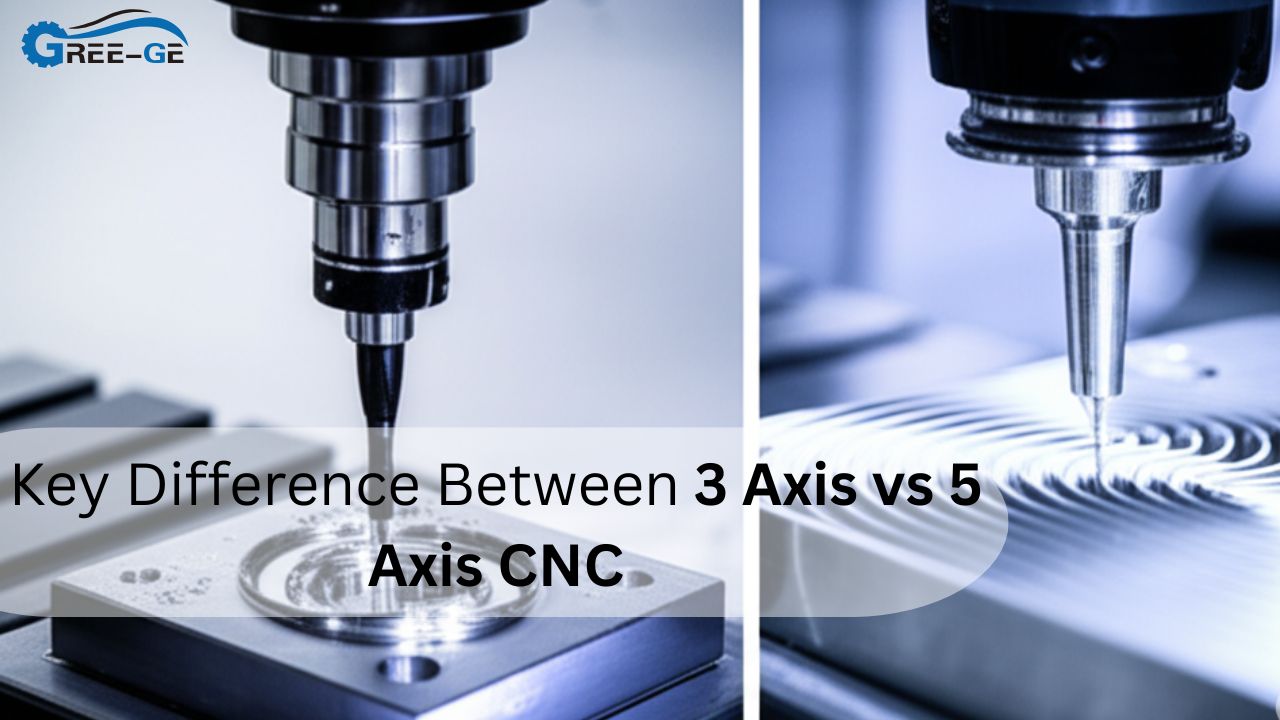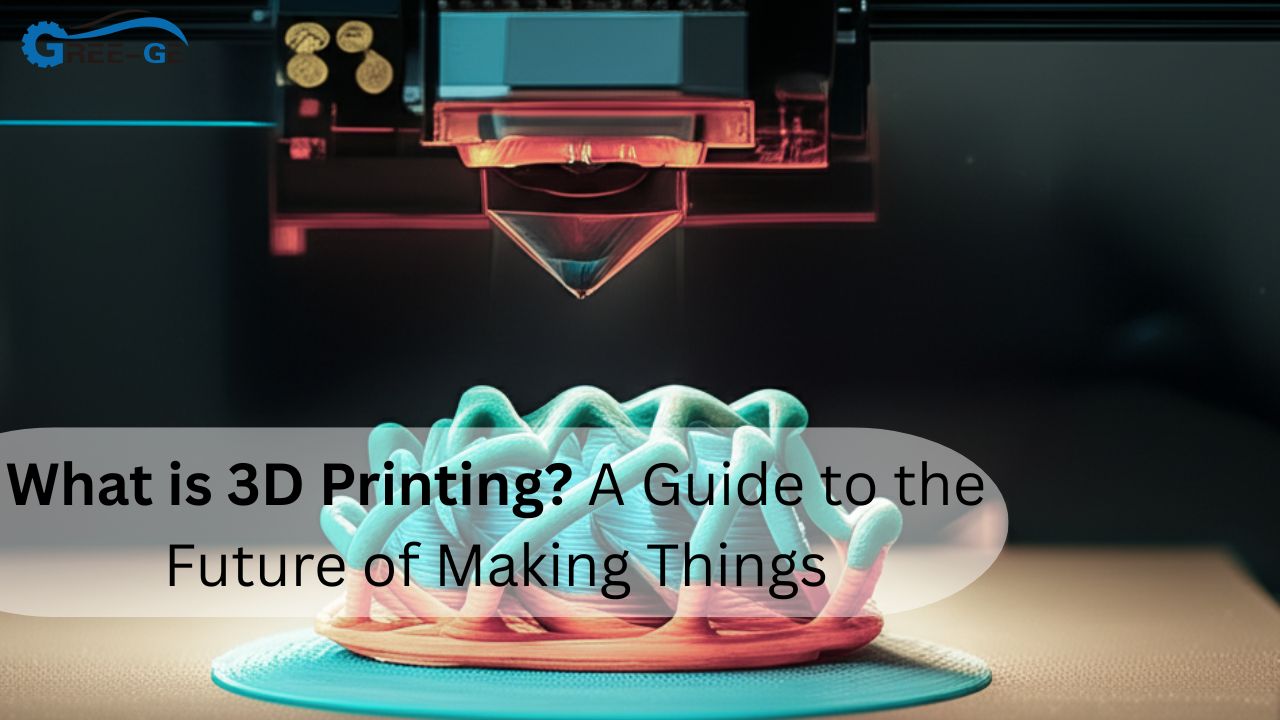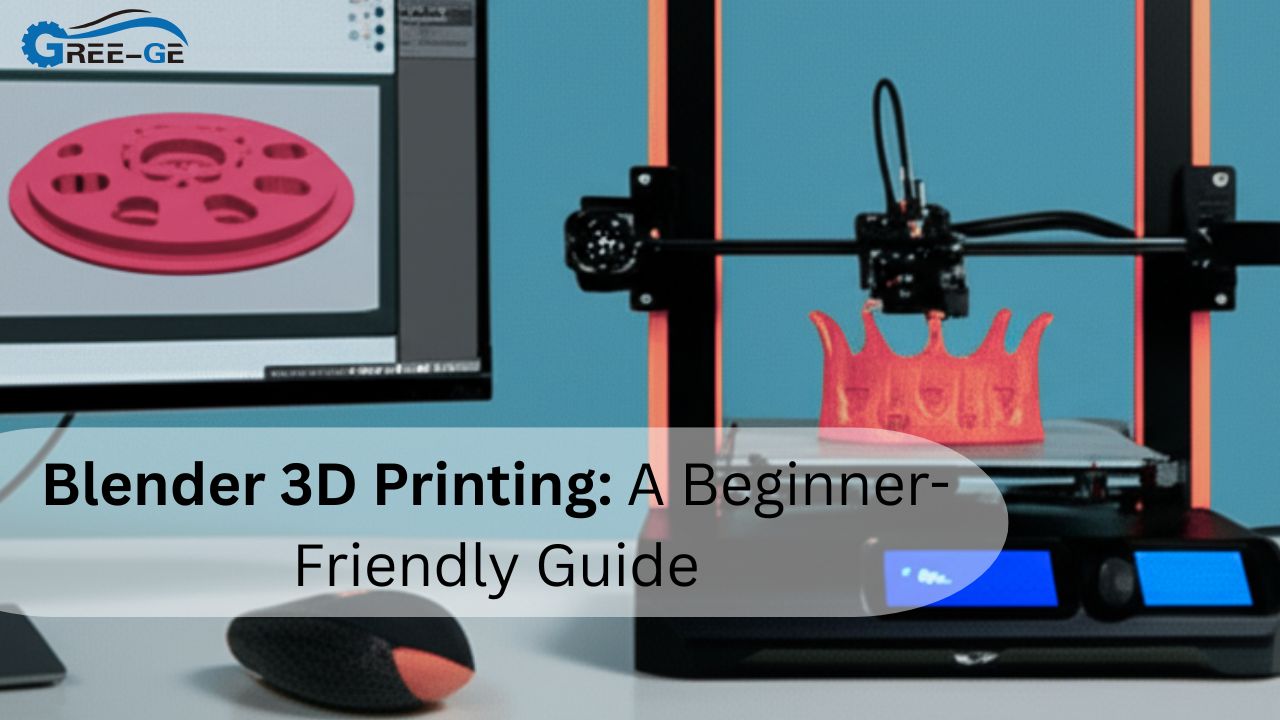You finally have a shiny piece of injection molding equipment on the shop floor, but every part still flashes or sinks. Frustrating, right? Relax—dialing in melt temps, pressures, and cooling time is easier than it sounds when someone walks you through it step-by-step.
For fast wins—tweak melt temperature, pack pressure, screw speed, cooling time, and mold venting in that order.
Below, we’ll unpack each setting, share real numbers for ABS plastic, chat about tooling quirks, and show how to squeeze repeatable, high-precision shots from any press.
Injection Molding Equipment: Building Your Optimization Plan
Every puzzle needs a picture on the box. Here’s the picture: stable melt, balanced fill, tight pack, quick cool, happy eject. Commit to those five checkpoints, and your injection molding equipment will hum instead of groan.
Start With Material Specs
Read the resin data sheet first. ABS plastic injection molding wants a 220°C melt and an 80°C mold. Skip that, and nothing else matters.
Map Machine Limits
Know what your press can push. Ever notice how injection molding machine manufacturers brag about max pressure and shot size? That’s your sandbox—stay inside it.
Plan A-D Through Rapid Trials
Grab short cavitation molds and run five-shot trials. Quick loops mimic rapid injection molding schedules and cut risk before full production.
Optimize Melt Temperature
Get the melt too cold and flow hesitates; too hot and polymer chains break. Start mid-range—say 230 °C for ABS—then creep upward in 5 °C steps while watching fill pressure. When pressure drops with no glossy burn marks, you’ve struck gold. Record the number; your future self will cheer.
Info: Even small bumps in barrel zone 3 temperature shift melt viscosity more than barrel 1 tweaks.
Dial In Injection Pressure
Pressure is the muscle moving plastic from screw to cavity. Low pressure leaves shorts; high pressure flashes at the parting line. Increase until 95 % fill is reached without flash. Then use the pack stage to finish. For high precision injection molding, hold a ±200 psi window once the sweet spot is found.
Quick Tip: Log pressure curves—flat tops mean steel matches flow, spikes hint at frozen gates.
Set Proper Screw Speed
Screw speed shears material and blends colorant. Too slow invites unmixed streaks, too fast degrades polymer. Target 100 rpm for general ABS, then tweak ±15 rpm. Watch energy draw; lower torque while keeping uniform melt saves power and extends screw life—two hidden perks that impress any auditor touring your injection molding equipment cell.
Balance Fill Time
Fill time influences surface finish. Aim for 80 %–100 % of the machine’s recommended shot volume in 2–4 seconds for thin walls. Shorter fill may trap gas; longer fill cools prematurely. During rapid injection molding prototypes, trim fill until knit lines migrate to non-critical areas, a trick top injection molding machine manufacturers teach in training videos.
Suggestion: Tag the mold with the ideal fill time so weekend operators hit targets without re-testing.
Control Pack And Hold Stages
Think of pack pressure as a gentle hug that erases shrink marks. Begin at 90 % of peak injection pressure, hold for 2 seconds per millimeter of wall thickness, then taper. In injection molding equipment, this tapering curve—often three steps—saves weight and prevents gate blush. Test by weighing parts; stable grams mean the pack is perfect.
| Parameter | Start Value (ABS) | Typical Range | Optimization Tip |
| Melt Temp | 230 °C | 210–250 °C | Raise until pressure dips w/out burns |
| Injection P-max | 700 bar | 600–800 bar | Stop at the first flashing sign |
| Pack Pressure | 630 bar | 550–700 bar | 90 % of P-max works for most parts |
| Screw Speed | 100 rpm | 80–120 rpm | Lower if silver streaks appear |
| Cooling Time | 15 s | 12–20 s | Cut 1 s steps; stop at warp onset |
Fact: A 10 °C melt drop can force a 50 bar pressure rise—heat is cheaper than pressure, so tune temp first.
Tune Cooling Time And Mold Temperature
Cooling steals 60% of the cycle time. Drop the mold temp from 80°C to 60°C, and ABS may warp; raise to 100°C and cycle drag. Use infrared guns to spot hot pockets in cores. Add baffles or bubblers where the reading varies more than 5 °C. On injection molding equipment lenses, uniform cooling beats fast cooling every time.
Warnings: Never chill below the dew point; sweating molds trap steam, causing splay.
Adjust Ejection Speed And Force
Parts pop free, or they don’t. Too much ejector force whitens gates; too little bends pins. Set the plate to move at 20 mm/s for ABS, then back out force until one in twenty parts sticks. Ramp speed up for deep ribs. Seasoned injection molding machine manufacturers recommend dual-stage ejection—slow start, fast finish—for thin snaps.
Vent Gates And Parting Lines
Gas pockets form burn marks. Cut 0.02 mm-deep vents at the last-to-fill edges and polish. Vacuum draw also works, but adds cost. For ABS plastic injection molding, vents double as coolers, dropping burn chances by 40 %. Check vents weekly; clogged slots behave like no vents.
Danger: Razor-blade scraping ruins vent flatness—use a brass brush instead.
Embrace Scientific Molding
Scientific molding links every knob to data. Fill part at six speeds, graph pressure-time curves, and pinpoint viscosity index. That index stays with the mold across presses, making rapid injection molding transfers painless. This discipline is why high precision injection molding shops brag about <0.05 mm CpK.
Info: Free templates for viscosity curves are often hidden in OEM controller menus—ask service reps.
Automate With Closed-Loop Controls
Modern injection molding equipment sports cavity-pressure sensors. Program the press to switch from velocity to pressure when the cavity hits 80 % full. Auto-adaptation shaves scrap to near zero on color changes. Speak with injection molding machine manufacturers about retrofit kits; ROI often lands in under six months.
Keep A Parameter Logbook
Write or type every winning recipe. Tab by resin, tool, and revision. When a new operator loads job 17-A, they copy numbers, warm the plastic injection molding, and good parts rain down. This habit turns tribal wisdom into institutional memory and keeps your injection molding equipment profitable even when staff rotate.
Run Small Doe Tests Regularly
Design of Experiments isn’t scary. Pick two factors—cooling time and back pressure—run four combos, chart defects. Tiny experiments during lunch break unearth sweet spots you never guessed. Over a year, that curiosity separates line leaders from average techs in high precision injection molding plants.
Conclusion
Fine-tuning injection molding equipment comes down to mastering melt temperature, injection and pack pressures, screw speed, cooling, and smart venting. When you steer each knob with data, parts flow out shiny, dimensionally true, and on time. Keep experimenting, logging, and leaning on supplier wisdom, and your press will reward you with stress-free, profitable cycles for years.
FAQs
Why does my ABS part show sink marks?
Insufficient pack pressure or too-short hold time. Increase pack 5 % and extend hold 1 second.
Is a higher mold temperature always bad for cycle time?
No. Slightly warmer molds often cut warpage, saving rework even if cycles grow a hair.
How can I speed up prototypes?
Use rapid injection molding inserts—aluminum tools cool faster, so total project time shrinks.
Do all sensors add value?
Prioritize cavity pressure first; temperature sensors are secondary unless parts are optical.
When should I call machine tech support?
If pressure curves fluctuate >10 % with no parameter changes, hardware (check valves, heaters) may be failing.






